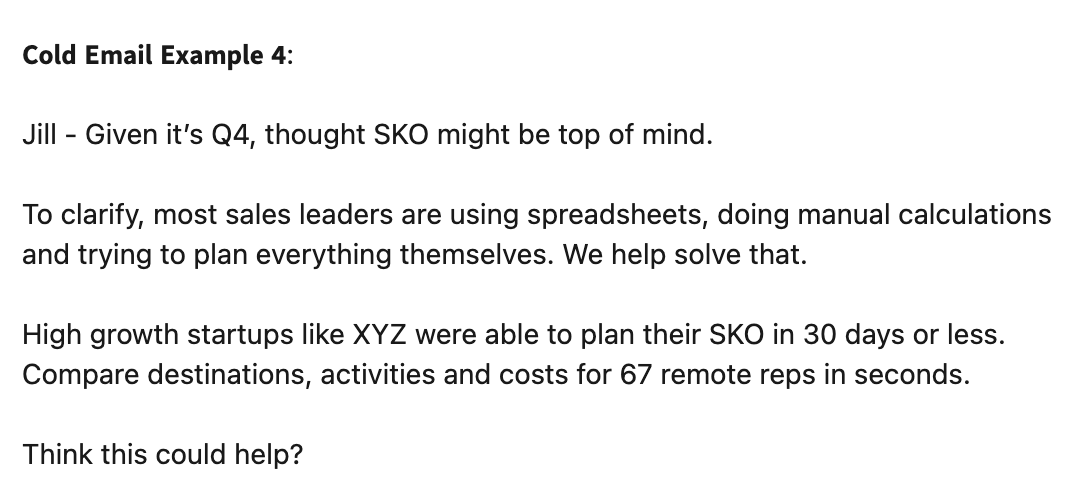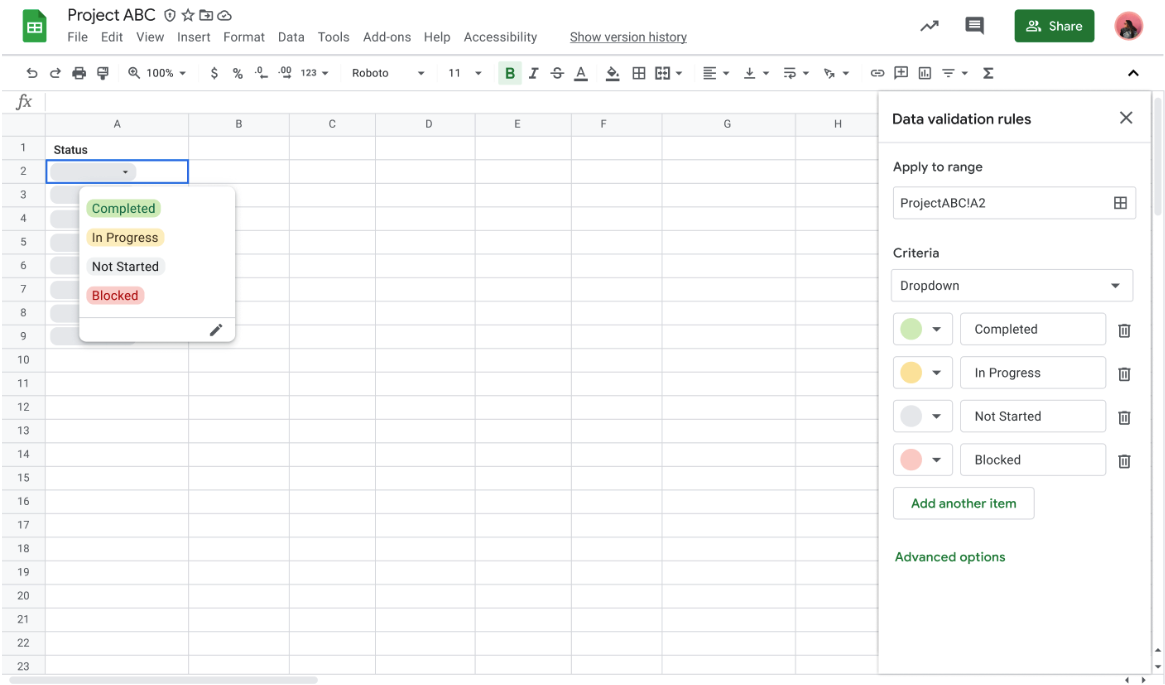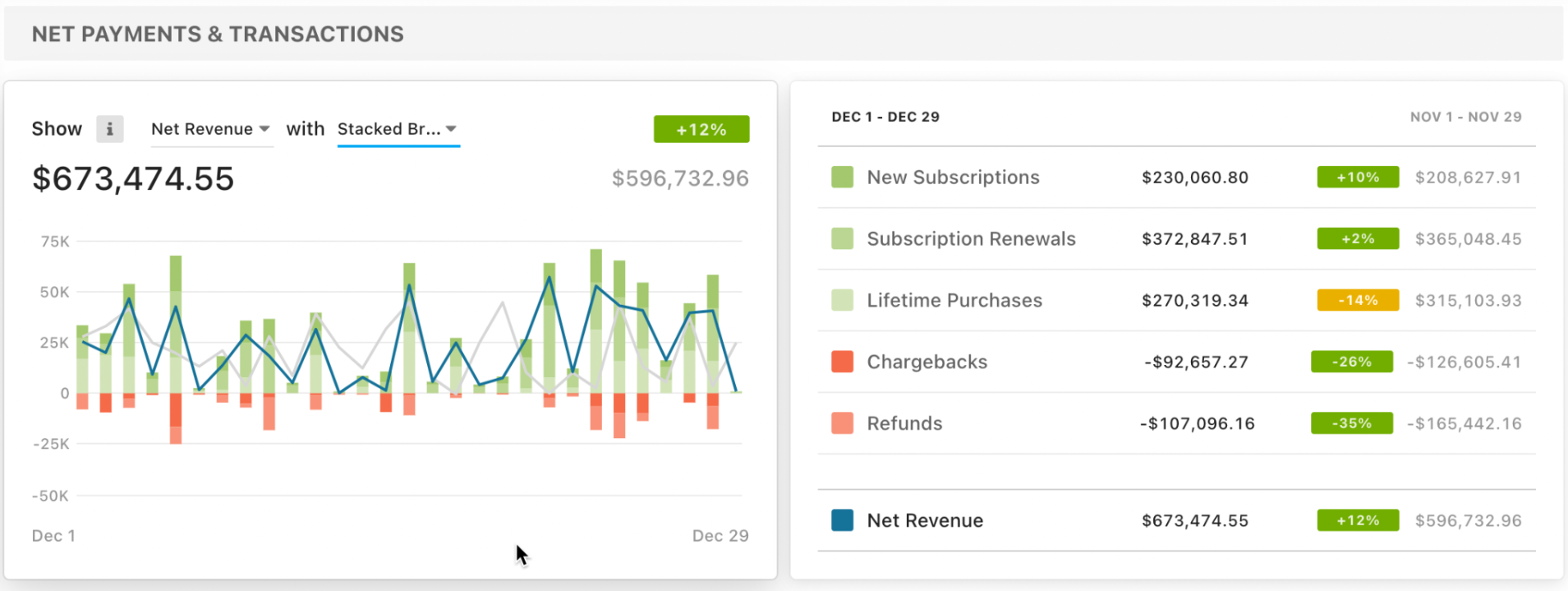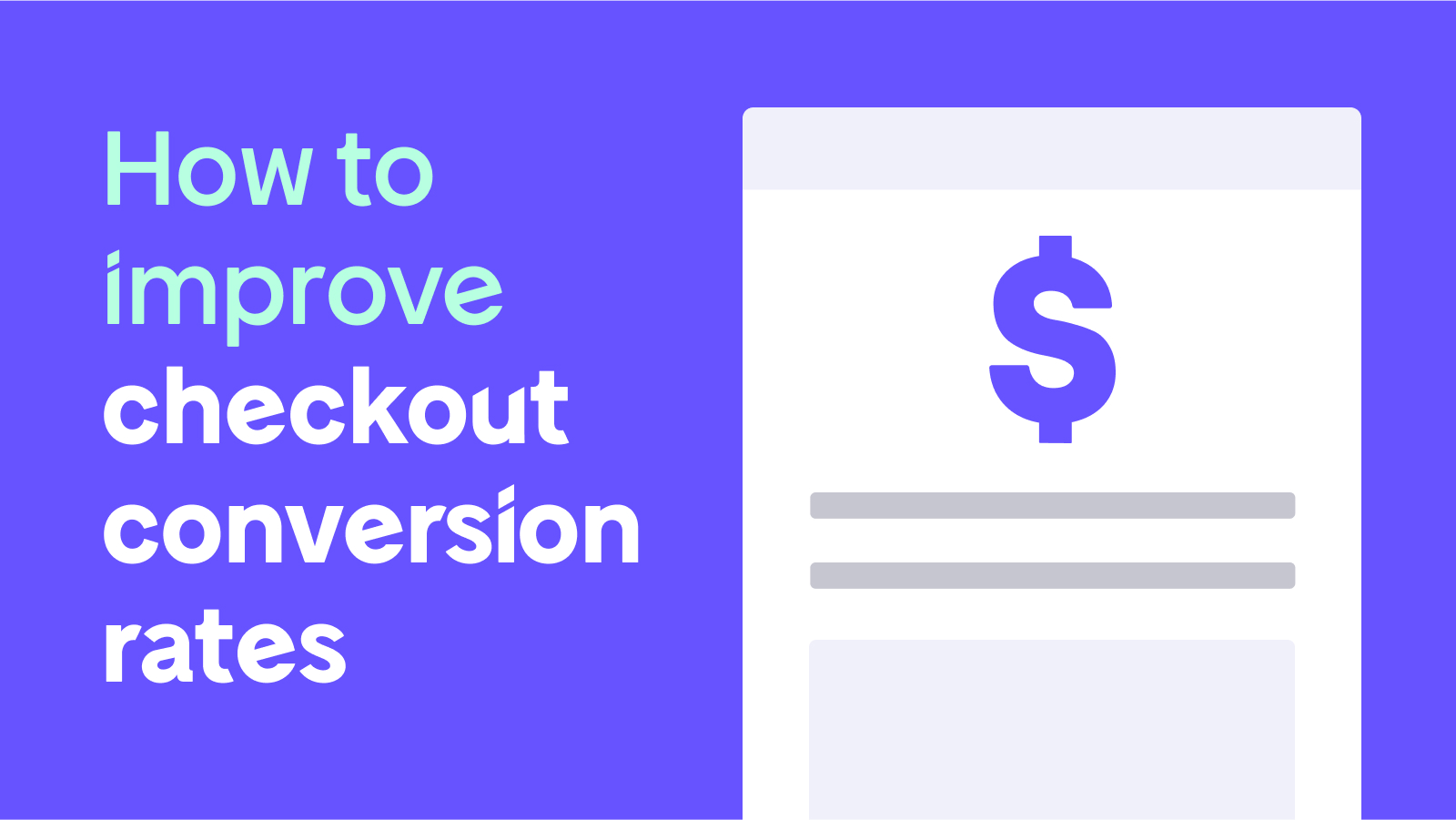|
|
Outbound sales often get a bad rap, especially among solo software makers and small businesses.
When you hear the terms “outbound” and “sales” together, is the first thing that comes to mind a pushy salesperson trying to sell something random after connecting on social media? We thought so. 🥲
But that’s not what outbound sales should be.
An effective outbound sales strategy is about building relationships over time, creating awareness for your business, and demonstrating how your software can genuinely solve real problems for real users.

To get the lowdown, we spoke to Florian Daugalies, a web developer leading a small team and author of flowdee.dev blog, to find out how solo software makers and SMBs can implement a well-crafted outbound sales strategy to grow their customer base and improve sales.
How to Set Up a Winning Outbound Sales Strategy for Software Products
Large players in the software ecosystem may have extensive resources at their disposal, but you as a solopreneur or SMB can still create an impactful outbound sales strategy without digging deep into your wallet.
Your agility and flexibility allow you to adapt faster, so you can deliver more personalized solutions to clients.
Define Your Ideal Customer
There’ll be very little sales if you don’t know exactly who you’re selling to. Clear definition of your ideal customer will help you focus your limited time and resources on potential clients most likely to buy and benefit from your software.
Here’s how Florian approaches outbound sales strategy:
“Our first step is to define who our ideal customers are, understand their pain points, and determine why they would benefit from our plugins or themes,” Florian says, emphasizing the importance of being customer-centric and thinking about how you can help rather than how you can sell.
“This allows us to focus on leads that are truly qualified and ensures we’re not wasting time on prospects who aren’t a good fit.”
To create your ideal customer profile (ICP), analyze your current customers, identify their common characteristics (like pain points or industry), and consider who gets the most value from your product.
For example, if you’ve created a code review tool, your ICP may be: “Mid-sized software companies (50-200 employees) in the fintech sector who are struggling with maintaining code quality as they scale rapidly.”

Build a Targeted Prospect List
A targeted prospect list saves you time by allowing you to focus on potential customers who closely match your ICP. You may get higher response rates to your outreach emails or calls because you’ll be reaching out to the right people, meaning you’ll make the most of your budget.
Now, businesses often use comprehensive tools to build prospect lists, but you can also do it without breaking the bank — by browsing social media, leveraging your network for referrals, or searching for contact information in publicly available directories.
Once you collect information from potential customers you deem a good fit for your product, you can sort these prospects based on how likely they are to buy — and prioritize those with high value to contact first.
Why does this work better than the “spray and pray” method? The power of a well-targeted list becomes clear when you look at the results. Over 30% of sellers confirmed in a survey that doing research and customizing outreach based on this research has proven to be effective when sending emails.
That insight highlights the importance of quality over quantity in prospecting: focus your efforts on a smaller, more relevant group of prospects, and you’ll be able to achieve better results with less time and resources invested.
Florian’s team uses several channels to source data for their prospect list.
“We leverage existing email databases and segment them based on relevant criteria. We also gather potential leads from social media platforms, focusing on contacts that align well with our products and offerings.”
Craft Your Messaging
Your outbound messaging needs to be spot-on to grab attention and convey the value of your product quickly, especially when you’re dealing with busy decision-makers.
To create messaging that stands out in flooded inboxes and among social media notifications:
- Focus on your prospect’s pain points, not just features of your product — benefits and outcomes are more likely to resonate with potential customers’ wants and needs
- Use clear, jargon-free language and a tone tailored to your audience — engaging with tech startup founders and seasoned healthcare professionals requires distinct approaches
- Clearly communicate your unique selling point (USP) — something that makes your software different from your competitors (specific feature, niche, ease of use, pricing)
- Include a clear-cut, low-commitment call to action like “We’re offering a 14-day free trial with no credit card required. Would you be interested in giving it a test run?”
If you choose to offer free trials as an incentive, you can easily do it with Freemius, with or without credit card requirements. You can provide a 7-day, 14-day, or 30-day trial and even present a free trial for paid features within your free product version, which all help you build a compelling offer with multiple options for potential customers.

Remember, your first message is to start a conversation, not to close a sale. Keep it brief, relevant, and focused on the prospect’s potential challenges rather than your product’s features. Test different messages with small batches of your prospect list and iterate based on the responses you receive.
Create Templates for Calls and Emails
Using templates saves time on repetitive tasks and ensures you’re delivering consistent messaging about your product no matter who you talk to. You’ll also find it easier to track conversations and pinpoint bottlenecks.
Identify key touchpoints in your outbound sales process, such as initial outreach or follow-up emails, and draft concise, personalized messages for each. Include placeholders for customizations (prospect’s name, company, industry, etc.), and refine based on responses and feedback.
Florian’s team focuses primarily on email outreach, using “pre-existing and newly created email templates” based on the lead they’re communicating with. This keeps things efficient and allows his team to “quickly deploy targeted campaigns”.
“In some cases, we share and adapt the same email sequences across multiple projects and products. By making minor adjustments to suit each specific context, we are able to leverage proven sequences and maximize our outreach efforts without reinventing the wheel every time,” shares Florian.
Here’s an example of a cold email template from Mike Gallardo, a sales leader at Deel, a global HR tech platform.

Automate Repetitive Parts of the Sales Process
Automation plays a key role in optimizing our sales efforts, allowing us to handle outreach and segmentation efficiently without requiring extensive manual intervention. The right tools can help streamline your process and make it scalable.
Florian recommends:
- FluentCRM for email automation: FluentCRM is an email marketing automation tool for WordPress and is excellent for email automation and sequence functionality. “It serves as the backbone of our sales strategies,” says Florian, as it helps his team “manage email campaigns and nurture leads with minimal manual effort.”
- Uncanny Automator for advanced automation: This tool can further automate workflows and even integrate with features like Freemius’ webhooks. “This allows us to automate contact segmentation or trigger sales emails after specific user actions, creating a more tailored and responsive sales experience,” explains Florian.
Build a Simple Tracking System
To organize your sales efforts and get insights into which techniques are working and which aren’t, build a simple tracking system to prioritize your follow-ups and to make sure a conversation never slips through the cracks.
Florian admits this part of the sales process is one of the most challenging. Especially when you consider compliance regulations for data protection, like GDPR in the EU, where Florian’s business is based.
“Marketing and analytics often become complex. We rely on a combination of FluentCRM and the WordPress link tracking tool ClickWhale. FluentCRM helps us manage and monitor leads, while ClickWhale helps us track and analyze our campaign’s performance. Together, these tools provide us with valuable data to measure success while ensuring we stay compliant with regulations.”
You could also track conversations and leads manually in a simple spreadsheet.
Here’s how to set up your tracker:
- Create appropriate columns:
- Company Name
- Contact Person
- Phone
- Date of First Contact
- Last Contact Date
- Next Follow-up Date
- Status (New Lead, Contacted, Meeting Scheduled, Proposal Sent, Closed Won, Closed Lost)
- Source (how you found the lead)
- Notes
- Use data validation to create dropdown lists for Status and Source to ensure consistency.

Example from Google Help: Stages of a project - Implement conditional formatting to highlight rows based on status or upcoming follow-up dates.
- Use formulas for insights:
- Calculate days since last contact
- Count leads by status
- Calculate conversion rates
- Create a dashboard sheet to summarize key metrics (total leads, conversion rate, average sales cycle, etc.) and use charts to visualize data
- Set up filters to create views for different stages of your pipeline
- Regularly maintain and update the spreadsheet after each interaction and review weekly to prioritize follow-ups
- Don’t forget to password-protect the file and include a column for consent status if applicable
This approach offers a balance of simplicity and effectiveness, allowing developers to track their sales efforts without relying on complex tools while still maintaining compliance with data protection regulations.
If you’re a Freemius user, you can leverage our comprehensive Sales and Analytics Dashboard to track gross volume, net payments and transactions, payment distributions by licenses, MRR, and subscription renewals count, as well as audience-related metrics like distribution by location or language.
These metrics will help you pinpoint potential customers who may need the solution you’re offering.

Follow Up Strategically
The majority of sales aren’t closed on the first contact. Your potential customers, especially those who aren’t aware of their problem yet, are not ready to buy immediately, but that doesn’t mean they’ll never be.
Your first email may not elicit a response, but your follow-up messages might.
Following up demonstrates that you’re committed and professional and keeps you top-of-mind for prospects, also giving you an opportunity to address concerns or questions they may have.

Set up a follow-up schedule, for example: 3–5 days after initial contact, 1–2 weeks later, monthly after that (if still relevant). Vary your communication channels — email, phone, social media, and try to use your prospect’s preferred method if known.
Don’t forget to offer value in each follow-up. This will help you remain on the “persistent” side rather than sounding too salesy and pushy. For example, share relevant content (case studies, blog posts) or offer insights related to your prospect’s business challenges. Also, always provide an easy way to opt-out of further communication.
If you don’t get a response after 5–7 follow-ups, it’s probably time to let the lead go 🥹
Leverage Social Selling
Social selling is a powerful method that can help you build relationships and generate leads for your software business without relying on traditional cold outreach techniques.
For example, instead of cold calling, you could use LinkedIn to connect with potential clients.
Spend 15 minutes daily doing the following:
- Engage with your target audience’s posts (leave meaningful comments that show your expertise!)
- Share relevant content (from your blog if possible)
- Send personalized connection requests
This gradual approach probably feels more natural for software makers and can lead to warmer conversations about your product.
Other than social media, you can also use online communities to connect with and reach out to potential customers.
Participate in relevant online communities (such as on Reddit) and industry-specific forums, where your target users gather. Focus on providing helpful answers and insights related to problems your software solves.
This passive form of outreach establishes credibility and can lead to inbound inquiries. Set aside 30 minutes a day for community engagement, treating it as a break from coding.

To learn more about using social media to promote your software products, check out our detailed guide on social media marketing for software makers.
Invest in Content Marketing
Florian advises creating a strong content marketing strategy to attract potential customers and support your outbound efforts.
If you take time to create assets that can enhance your email outreach and provide useful information to your leads during conversations, while also providing proof of your expertise (like case studies), you’ll add value and credibility to your outbound sales efforts.
Related: How to Use Social Proof to Boost WordPress Plugin and Theme Sales
Florian believes content marketing is a great way to complement outbound sales with inbound.
“We focus on building and executing a content marketing strategy aimed at attracting new leads who may not yet be familiar with us. This strategy helps us expand our reach and generate inbound interest from potential customers,” explains Florian.
Don’t have a lot of time to write? Leverage your technical documentation or product updates and turn them into sales assets. You can also create minimum viable content (MVC) assets as a starting point.
You can create short videos, how-to blog posts, or infographics highlighting key features and benefits. This approach allows you to create sales content faster while doing what you enjoy – working on your product. Use tools like Loom for quick video creation and Canva for simple graphics.
Consider leveraging affiliate marketing to expand your reach even further.
Freemius makes it easy to set up an affiliate program for your software products. You can activate the program for individual products in your store, giving you flexibility in which offerings to promote through affiliates.
This approach can complement your outbound efforts by incentivizing others to promote your software, potentially reaching audiences you might not have accessed otherwise.
Outbound Software Sales Success Story: Atarim
Vito Peleg, CEO of the feedback and collaboration platform Atarim, is a prime example of a software maker effectively implementing outbound sales strategies. Having worked with design agencies, Vito understood their pain points and saw an opportunity to create a solution tailored to their needs. He developed Atarim, a tool designed to streamline communication and project management for design agencies.

Vito then used his industry knowledge to cold pitch his software to design agencies, directly addressing their specific challenges. His deep understanding of their problems, combined with a targeted and personalized outreach approach, led to successful conversions. Vito’s strategy highlights the importance of knowing your audience intimately and offering a solution that directly solves their problems.
You can find out more about Vito and Atarim’s path to success in this article on the Freemius blog. Additionally, check out his insights about building the right go-to-market strategy in this video.
With the key components of an effective outbound sales strategy in place — and Vito’s example as inspiration 😉 — you can start putting these insights into practice to unlock your software’s full potential.
Subscribe and grab a free copy of our WordPress Plugin Business Book
Exactly how to create a prosperous WordPress plugin business in the subscription economy.

Empowering Your Success Through Strategic Outbound Sales
Crafting an effective outbound sales strategy as a solo software creator or SMB doesn’t require large budgets or dedicated sales and marketing teams. By understanding the fundamentals of outbound sales, leveraging affordable tools, managing your time efficiently, and learning from successful case studies, you can build a robust sales pipeline that drives growth and success.
Ultimately, the success of your outbound sales strategy hinges on your commitment to understanding your audience, delivering value-driven messages, and staying agile. With the right approach, you can effectively compete in the competitive software market, grow your customer base, and achieve sustained business success.
If you’d like to learn more about outbound and other effective sales strategies for your software products, be sure to check out our blog or send us a message on X for further guidance and support.








